Dave, I just paid for faster Internet but I don’t see that anything’s changed on my PC. How can I test my Internet and Wi-Fi speed to ensure the upgrade happened?
This is a surprisingly complex question because we have to delve into the complexities of Internet connectivity, hardwired connections, and Wi-Fi connections. As a sort of executive summary, the further you are from your Internet access device, the slower your connection’s going to be. Indeed, it’s common for your cable modem or similar to have faster speed than any of the devices on your network, even if they’re connected via an Ethernet cable.
Where things really slow down are with Wi-Fi. It’s great stuff – I’m relying on it to write this post! – but not only does Wi-Fi inherently go slower than a wired connection, it’s also dependent on a wide variety of factors including your distance from the wireless base station, the composition of your walls, and other possible devices that might be emitting interference. Most all of this is invisible to users because modern connections are really fast, so even having 20% of that speed with your wireless connection is still good.
Shortcuts: Speedtest.net | ISP Speed Test | Mac Speed Test
Figuring things out can be a bit of a rabbit hole to jump down, so let’s get started.
EASY: SPEED TEST ON YOUR PC
While most Internet providers have their own speed test programs you can utilize, I have long relied on a free Web service called speedtest.net for network speed tests. It’s easy. Step zero, however, is to go into Settings and make sure that you’re on the wireless network you think you are, just in case there are multiple options. Mine shows:
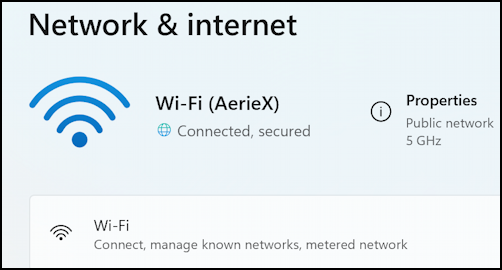
That’s what I want, so next step is to go to Speedtest.net. It looks like this:
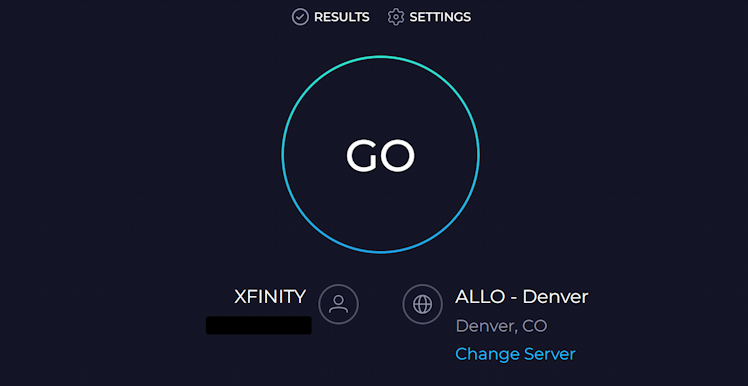
Want to guess how to start the test? 🤪 Click “GO” and it’ll get started…
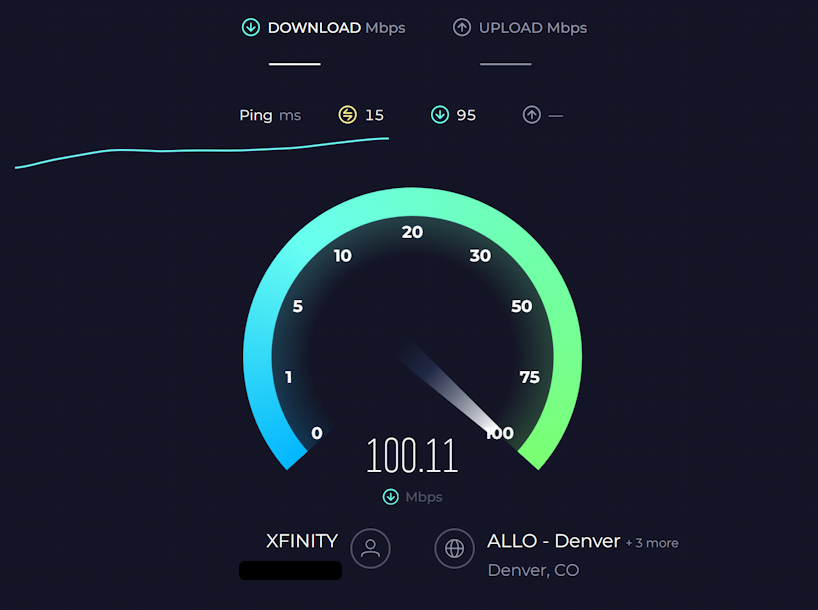
After maybe 45 seconds or so, it’ll finish calculating your download and upload speed. Mine on my Lenovo Yoga Windows 11 laptop, are:
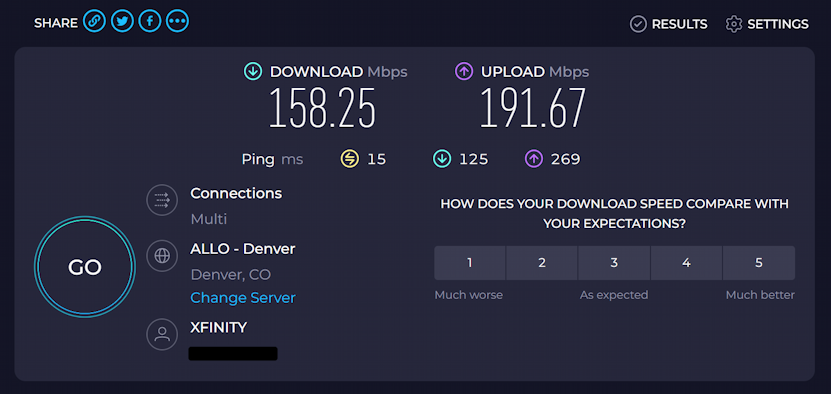
Given that I pay for 2,000Mbps down and 1,000Mbps up, that seems pretty mediocre. Does distance matter? Most assuredly. When I move the Lenovo to within 24-inches of the wireless base station and rerun the test, look how much things speed up:
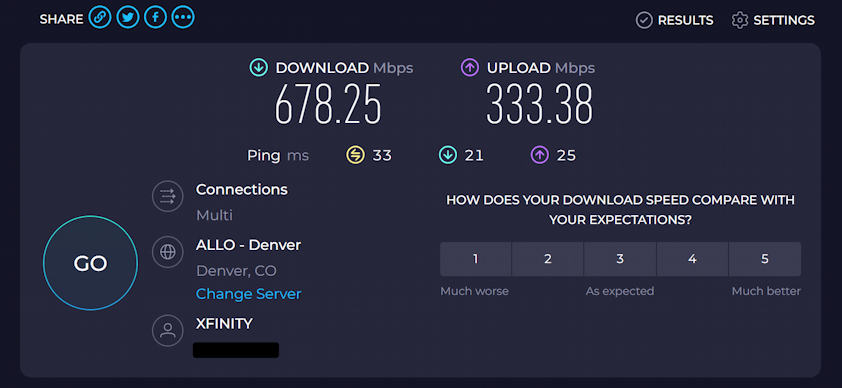
That’s over a 4x improvement in download speed by simply moving closer to the base station. That indicates that the wall between locations has some bad electrical characteristics that is really slowing down the Wi-Fi. It might even be worth experimenting with base station placement to see if a different location would help the overall network speed throughout my office. This is pretty typical, so if you’re downloading some big files, it’s a smart idea to move your PC closer as possible.
SPEED TESTS FROM YOUR ISP
I use Xfinity for my network connection, and it turns out that Xfinity has both apps and an interactive Web site that let you run speed tests too. I’ll start by running the speed test on the base station itself through the Xfinity app on my iPhone. Weirdly it doesn’t show a numerical result, just a “fast” indicator, but while the test is running you can see some information:
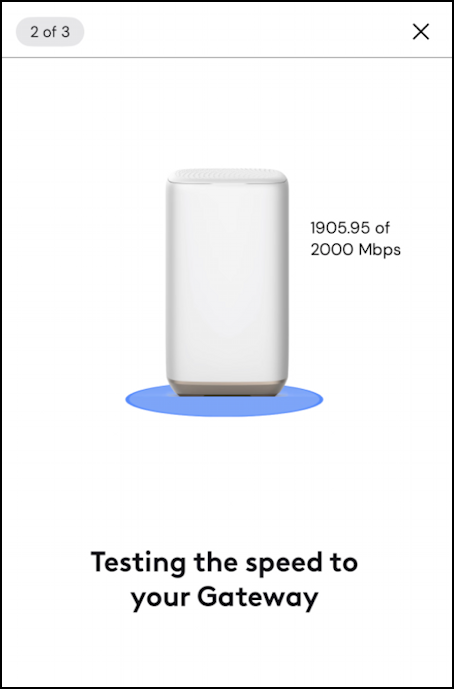
It certainly seems that my gateway is getting the 2000Mbps I’m paying for with 1,905.95 as a mid-test result.
I’ll keep the Lenovo right by that gateway and run the speed test that’s accessible from xfinity.com at speedtest.xfinity.com. Your ISP will likely have its own test as part of its customer interface suite. Here’s the result on my PC:
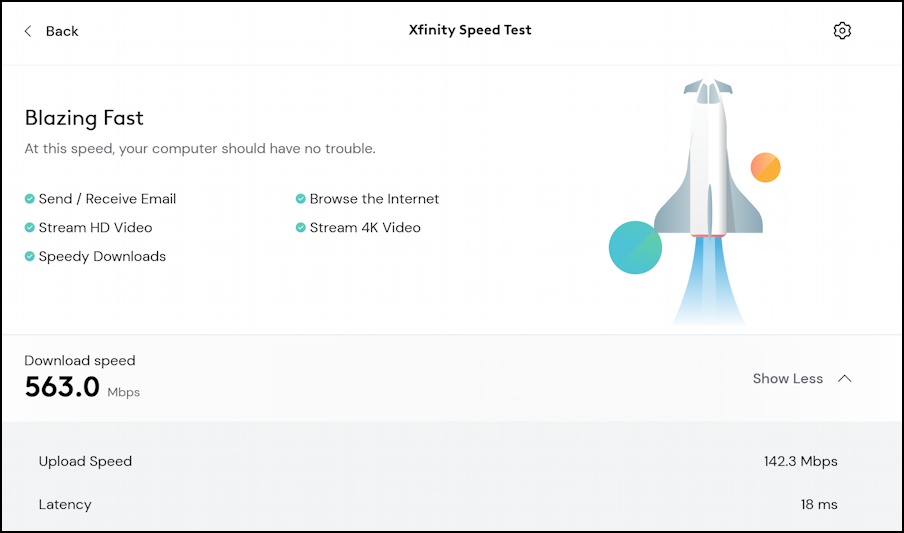
It’s slower than the speedtest.net result, right? But… run it again and you’ll get different numbers, often more than a 10% variance. Other computers and operating systems might have different speeds too because they utilize different Internet chips, etc.
SPEEDTEST ON A MAC
In fact, I’ll use my brand new 2024 MacBook Pro M4 in the same location that I tested the PC and got the initial 158Mbps. How does the Mac do? Better:
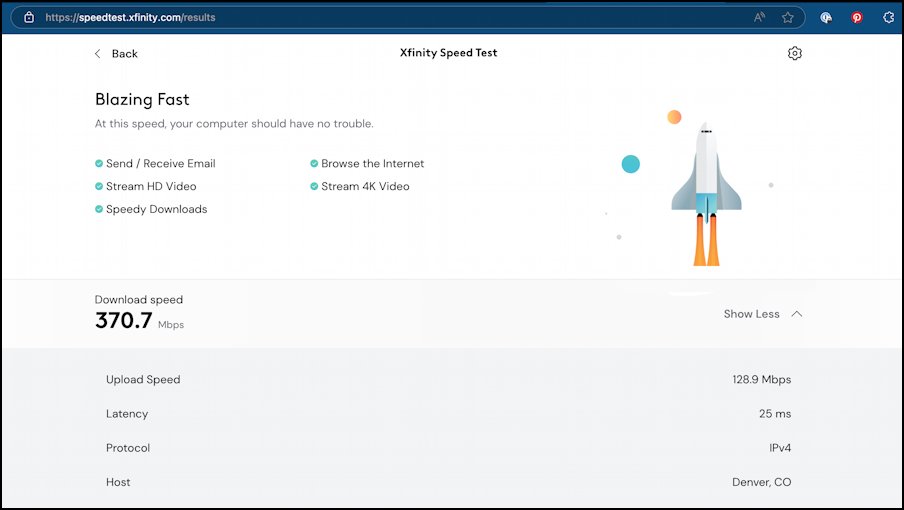
This isn’t too much of a surprise since the Mac has the latest chips while the PC is a couple of years old at this point.
What about a device that’s connected via hardwired Ethernet? I have one of those too, and the results are a bit discouraging, honestly:
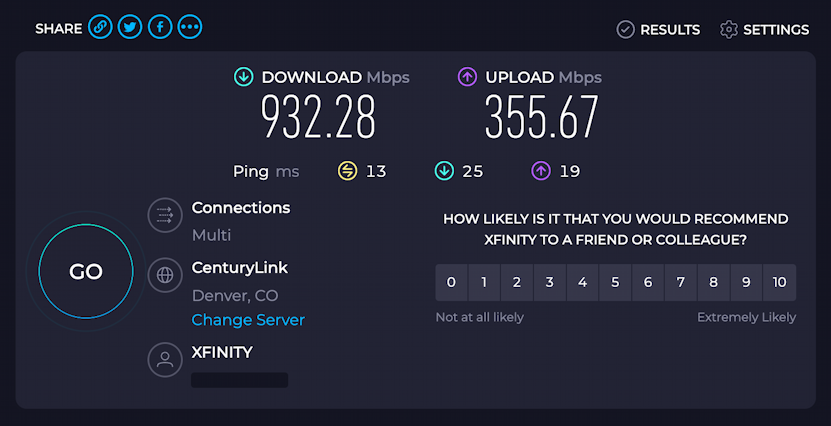
Even with the wire, it’s still only seeing about 50% of the theoretical maximum upload speed. Nonetheless, it’s still blazingly quick, and that’s the real conclusion that you should draw here: Increasing your gateway speed to the Internet will help your overall network performance, but it’s still a “pipe” so if you have lots of devices utilizing the network, older hardware, lots of wall in the way, etc, your PC will never get the theoretical maximum speed.
If you are finding the results much lower than you expect (and, to put it in context, my Lenovo PC is seeing download speeds in my break room of barely 10% of the max speed) then you might consider upgrading the hardware, both base station and computer, and/or moving the base station around to try and improve things, and/or rearranging things so you’re closer to the base station. Good luck!
Pro Tip: I’ve been writing about Windows since the 3.0 era. It’s been a looong time!. Please check out my Windows help area for over a thousand additional tutorials while you’re visiting the site.
